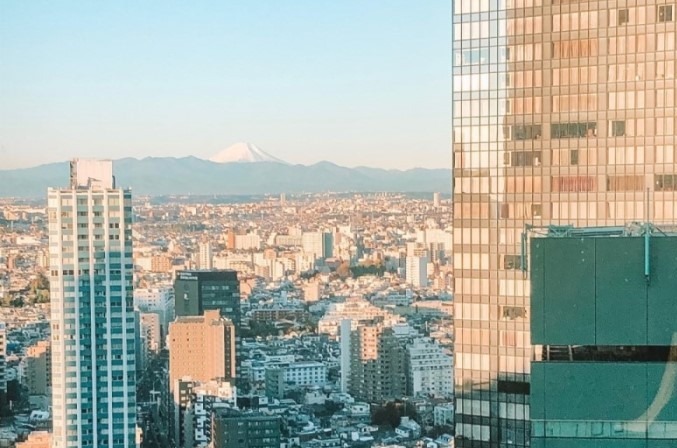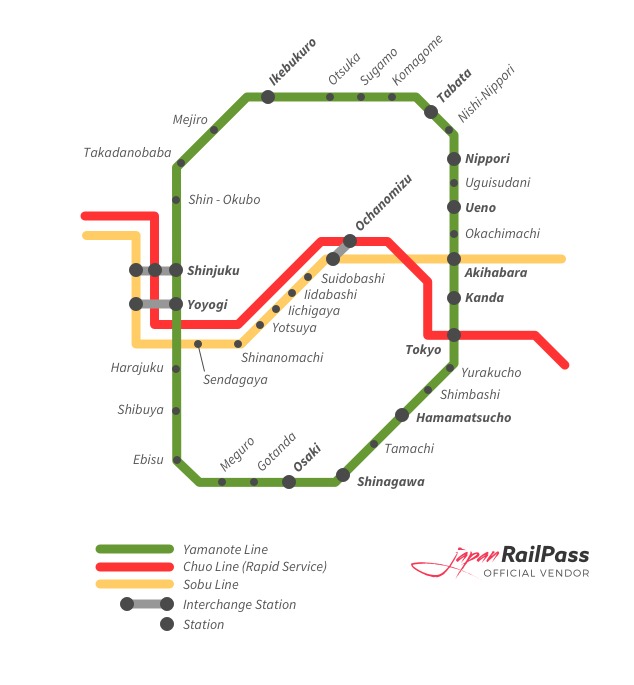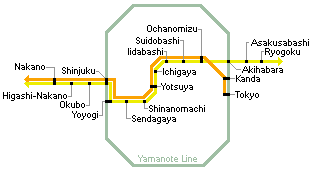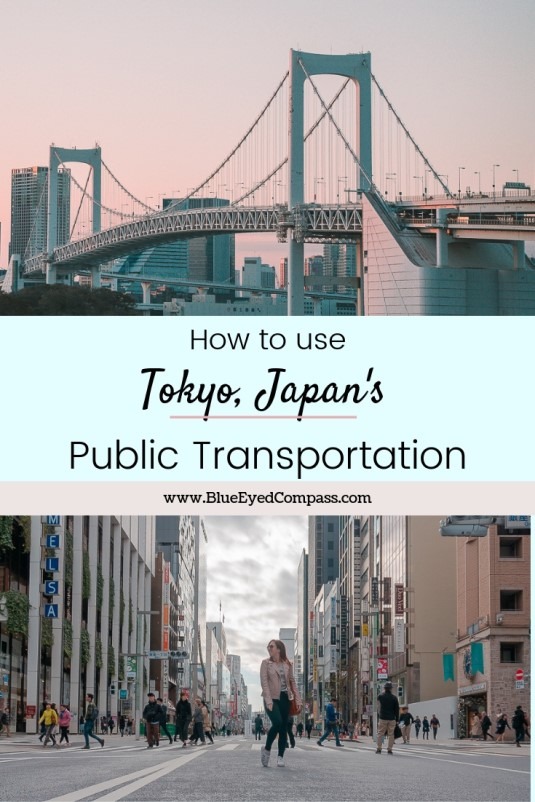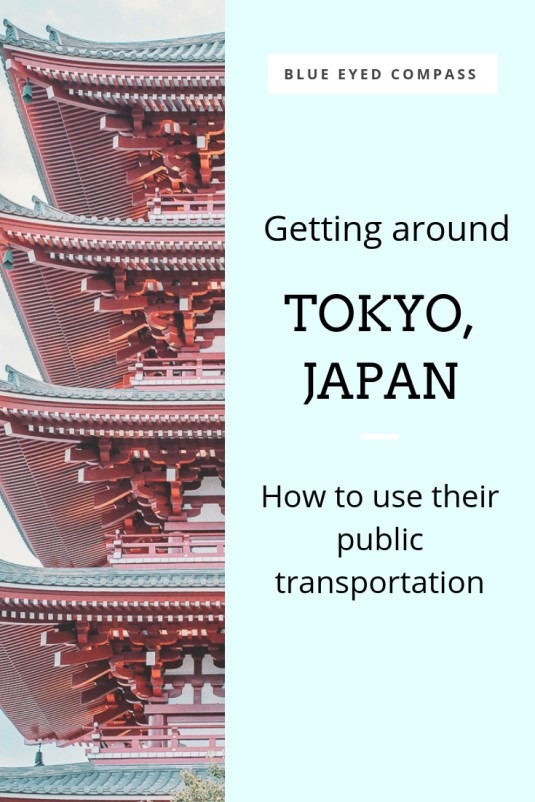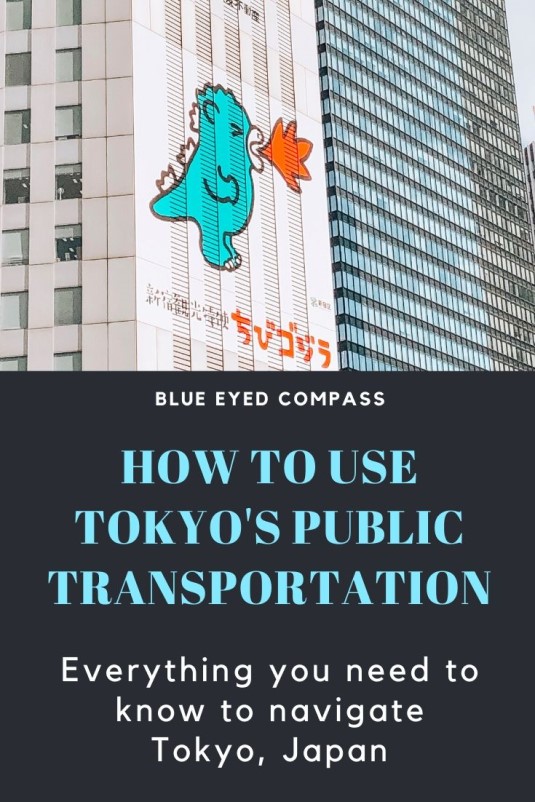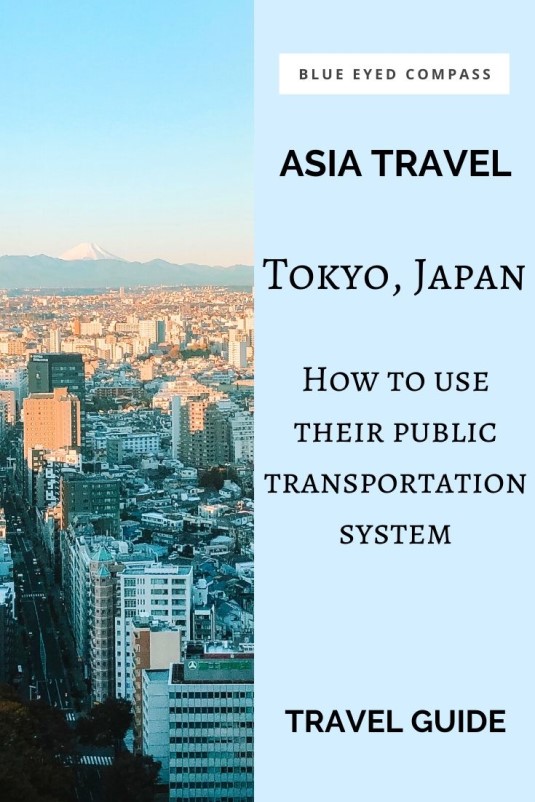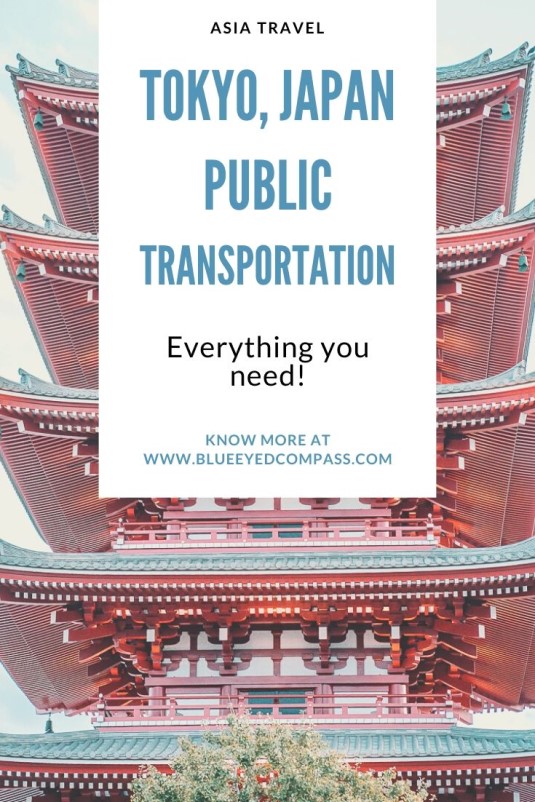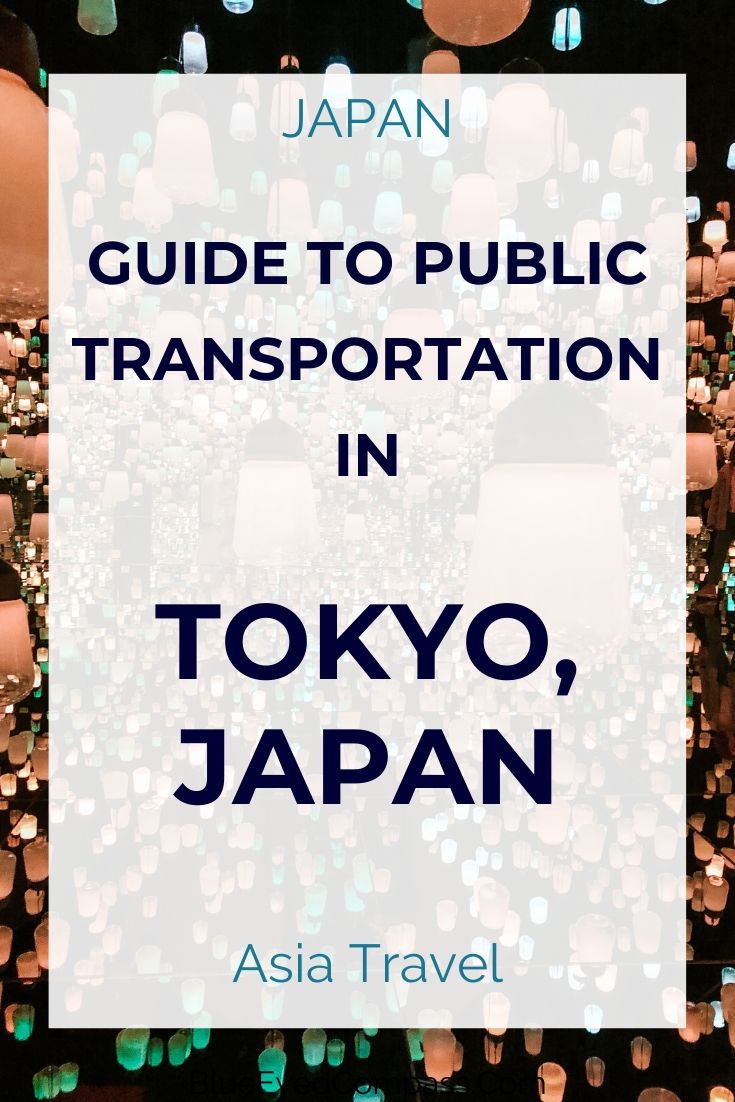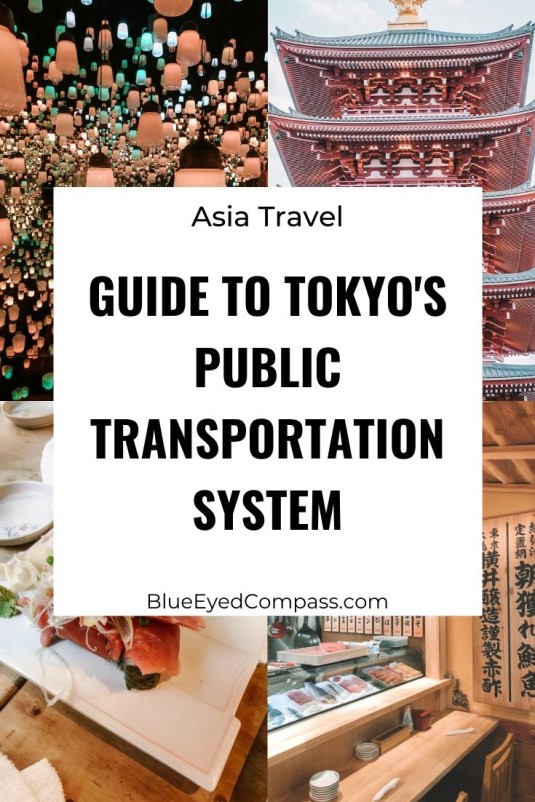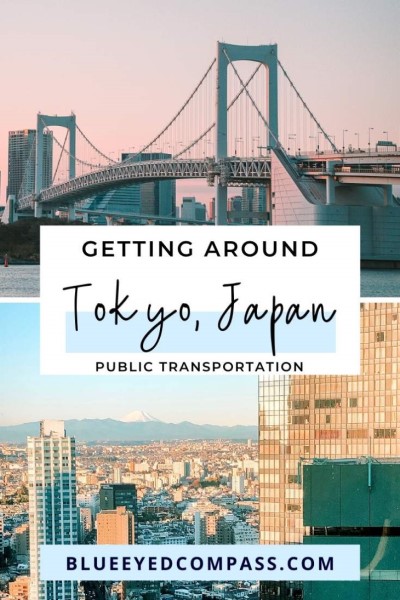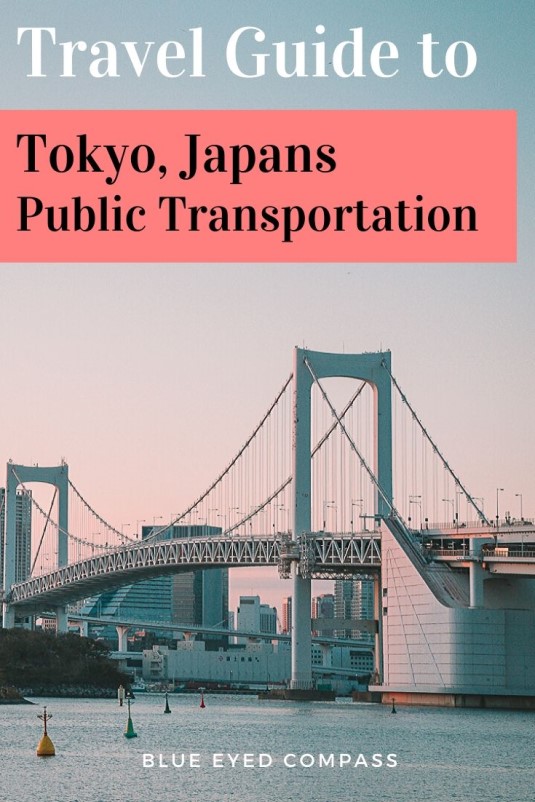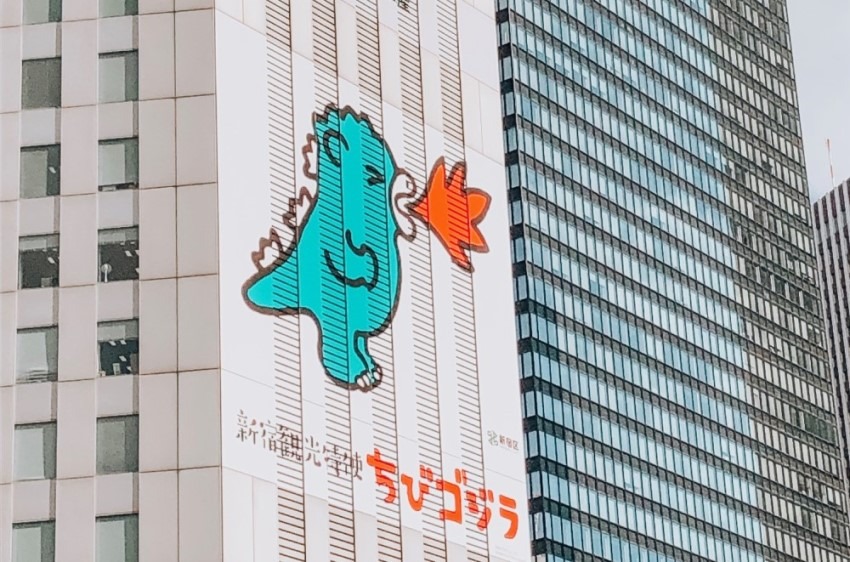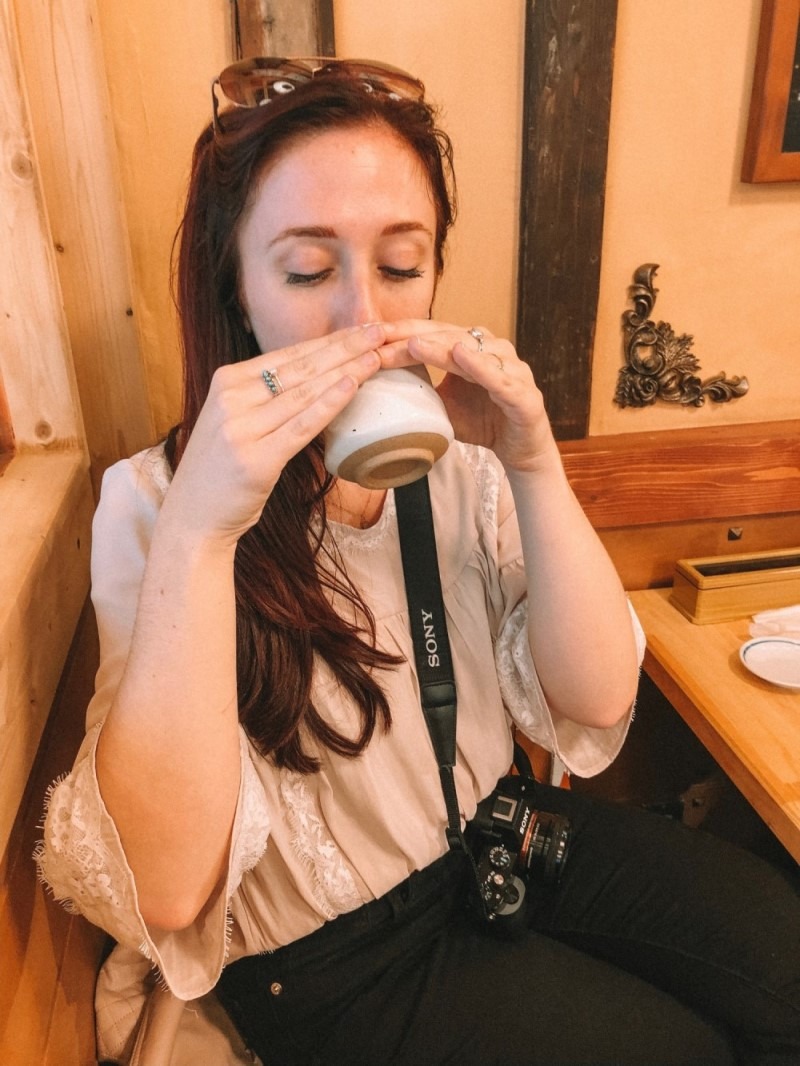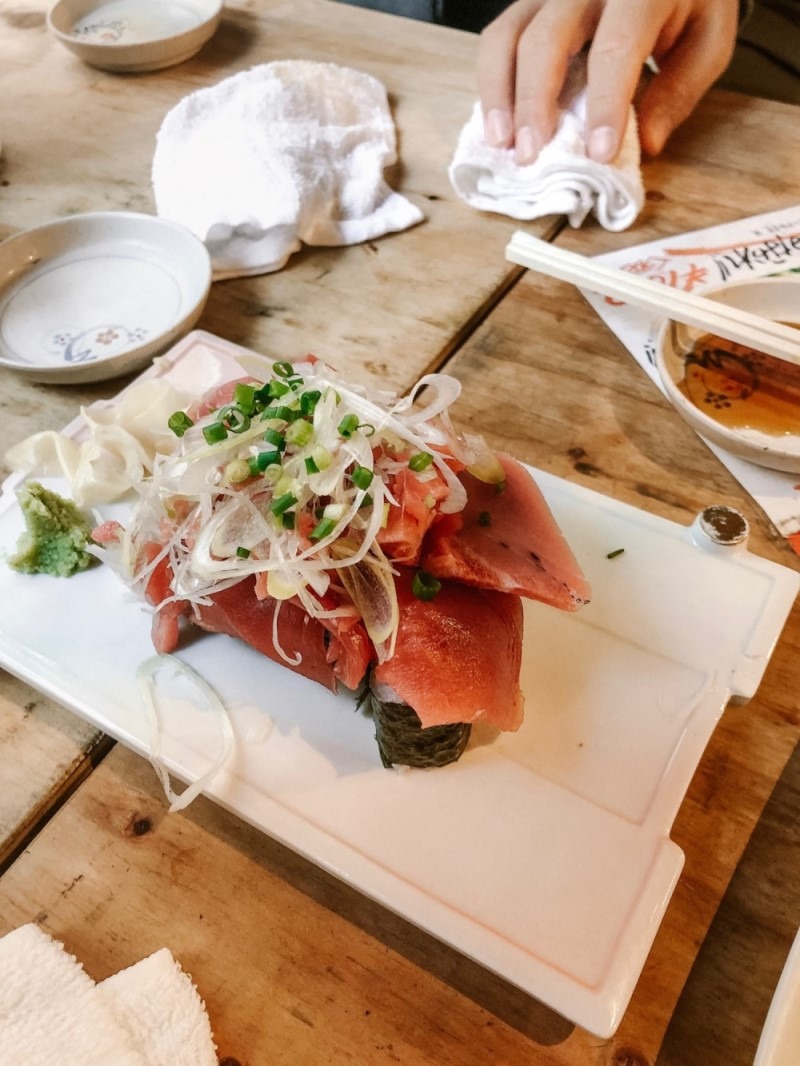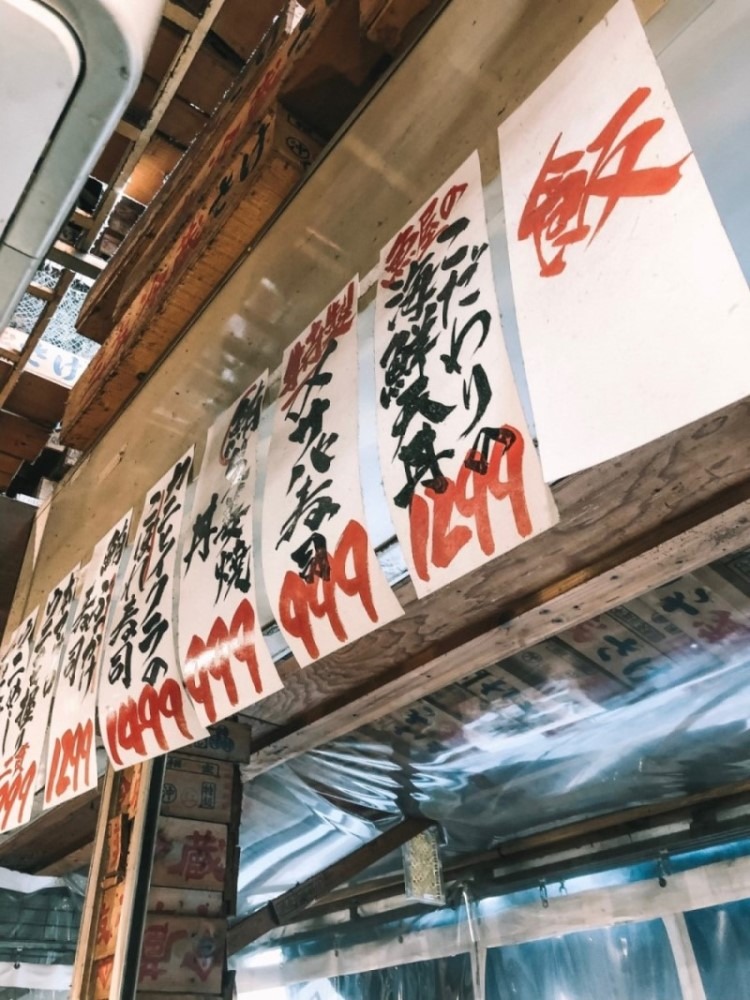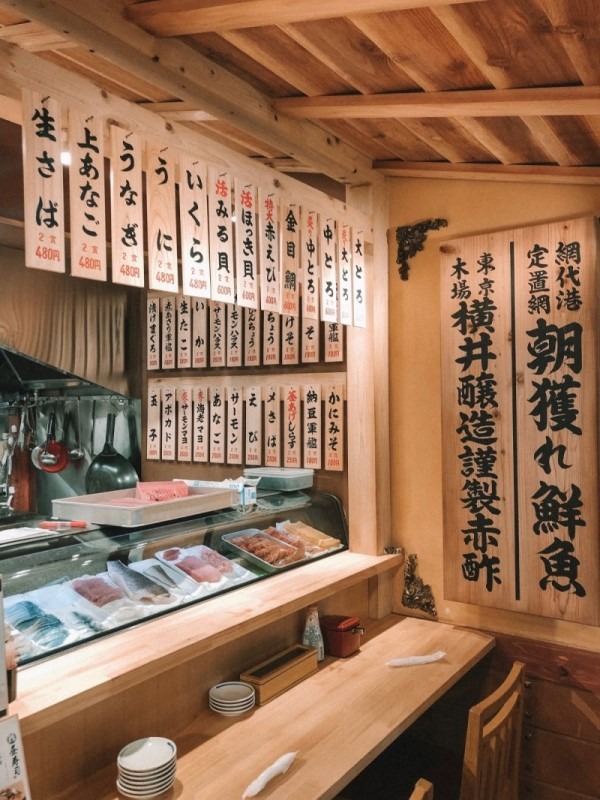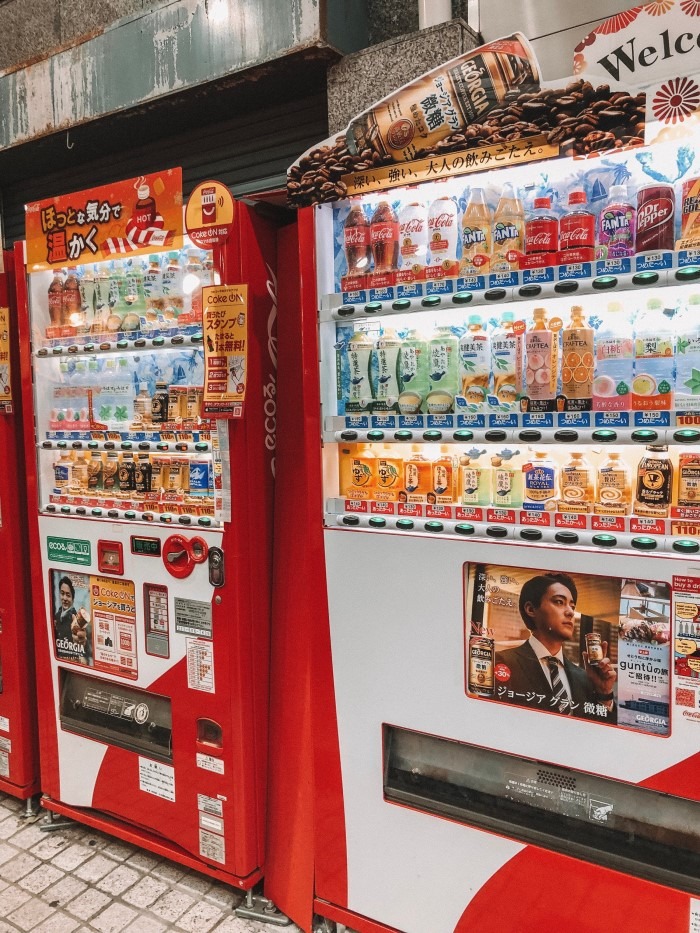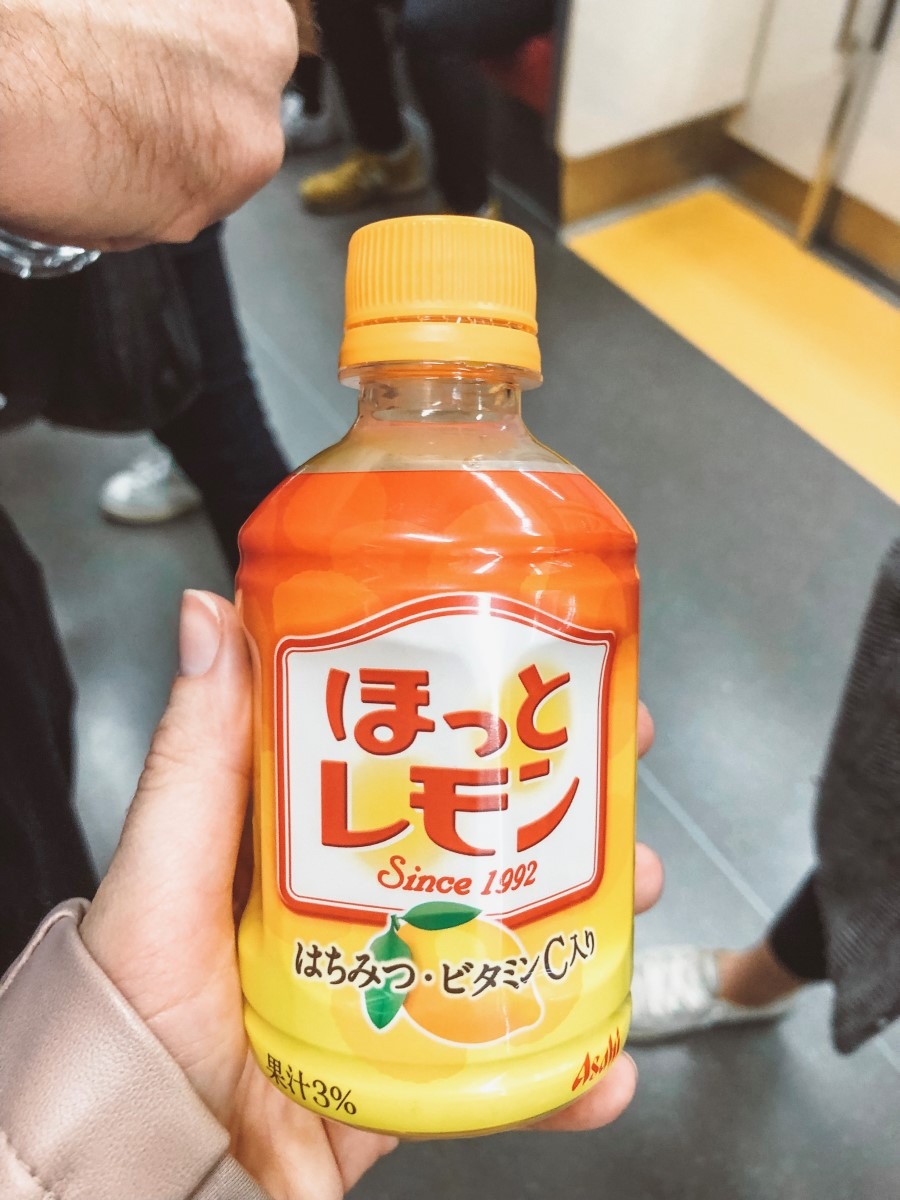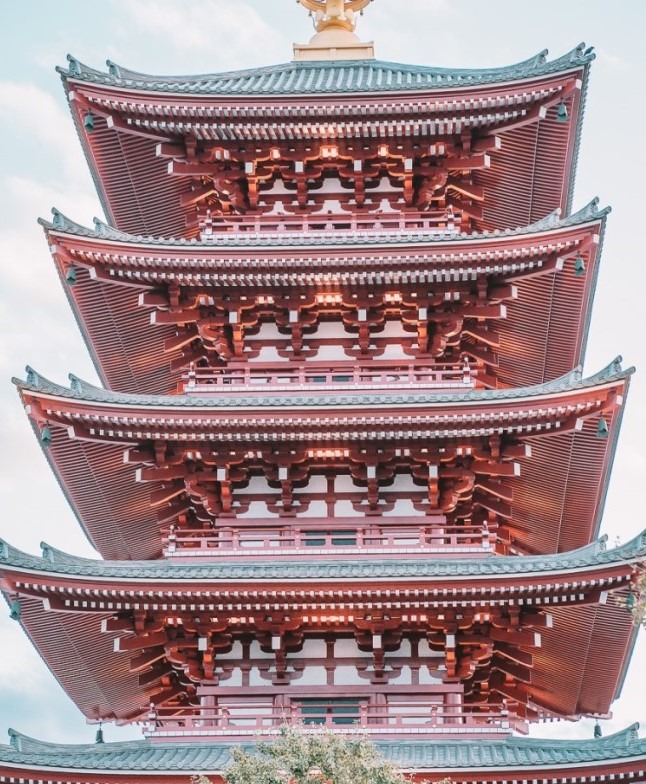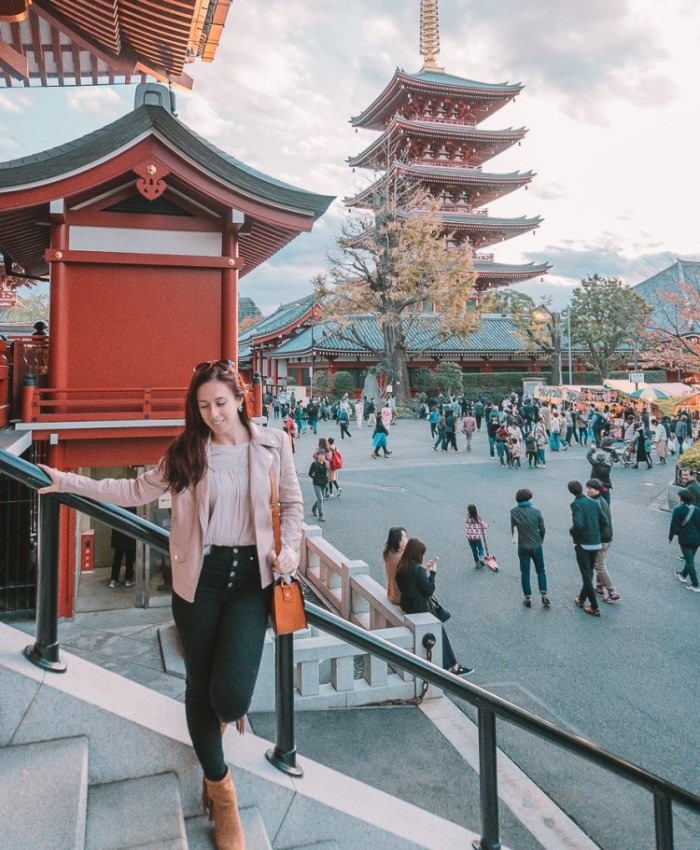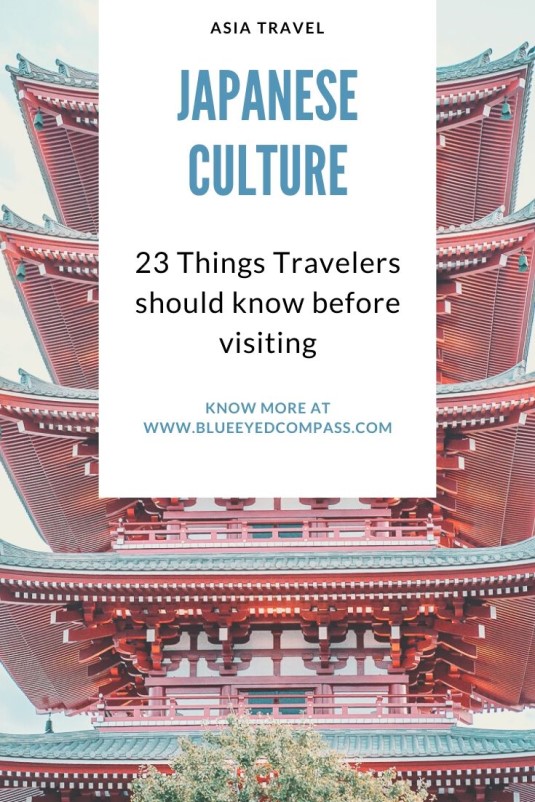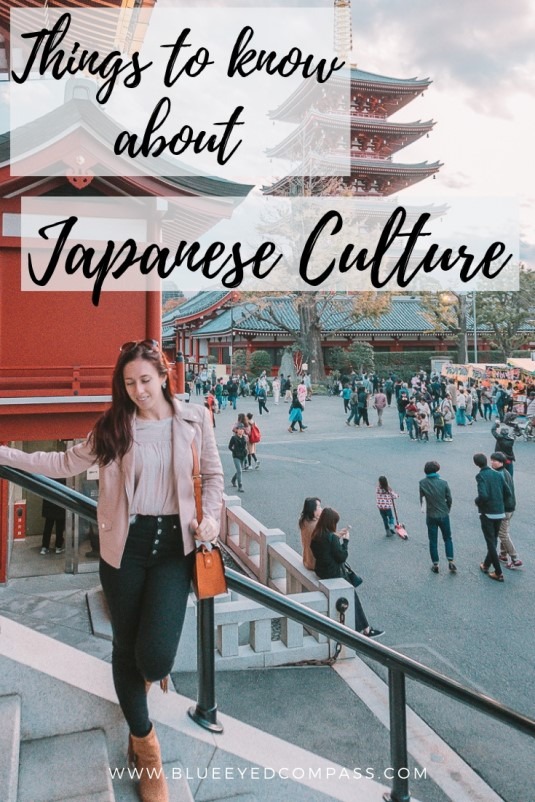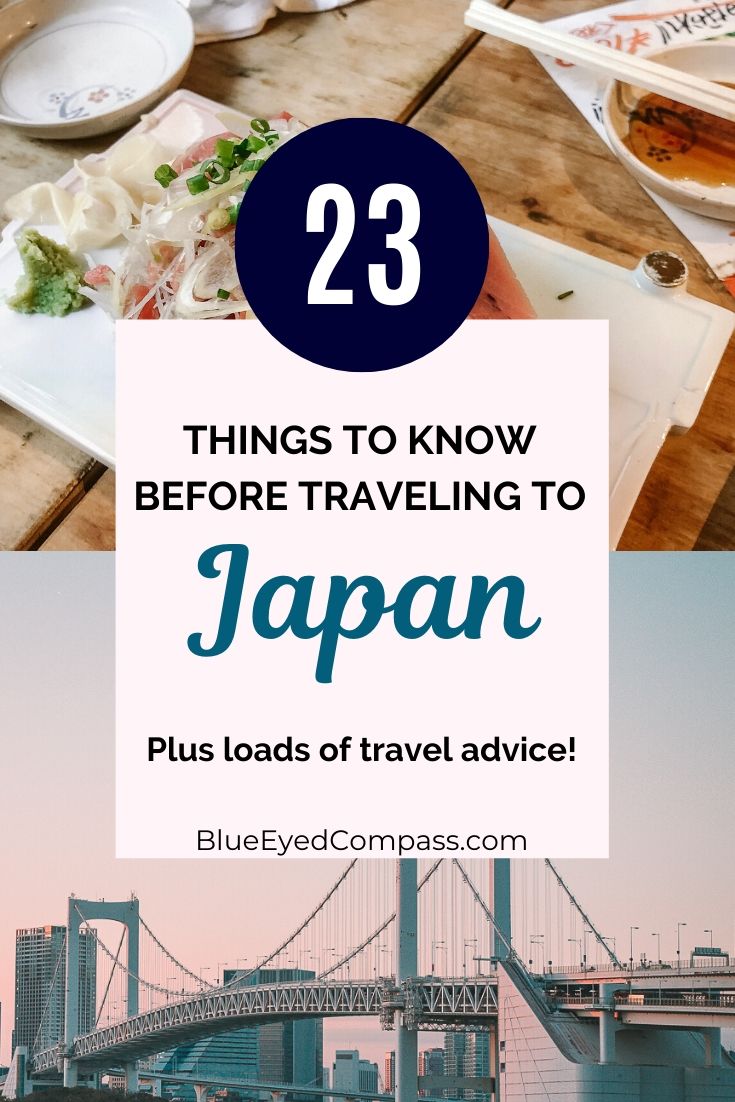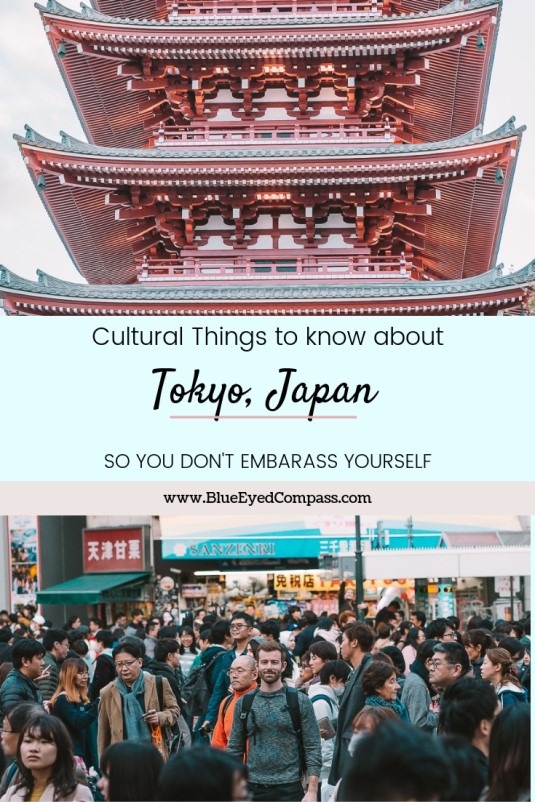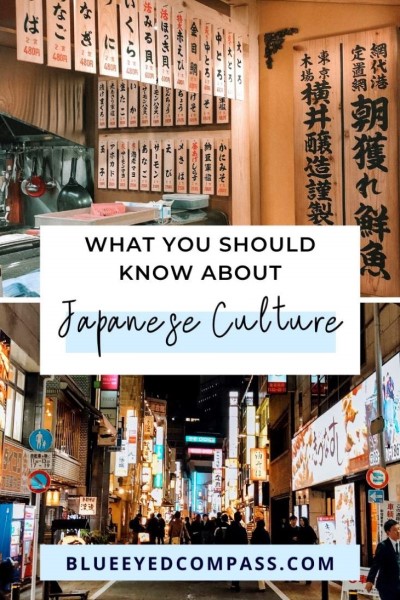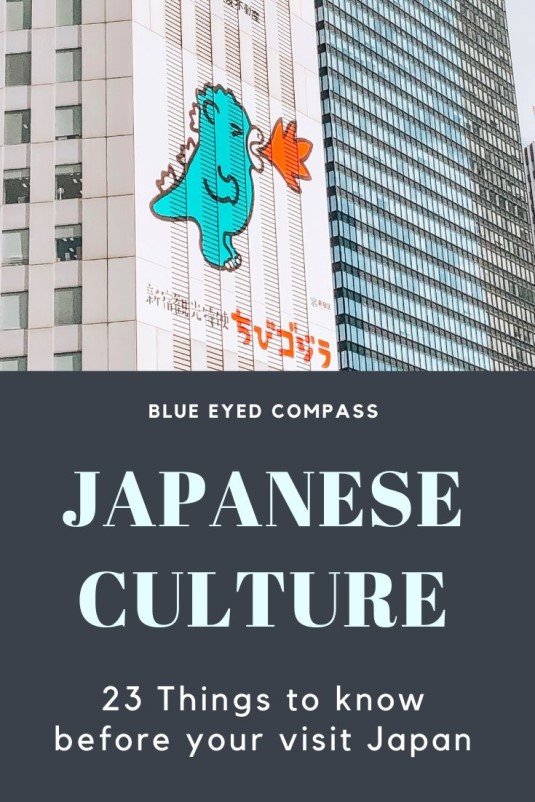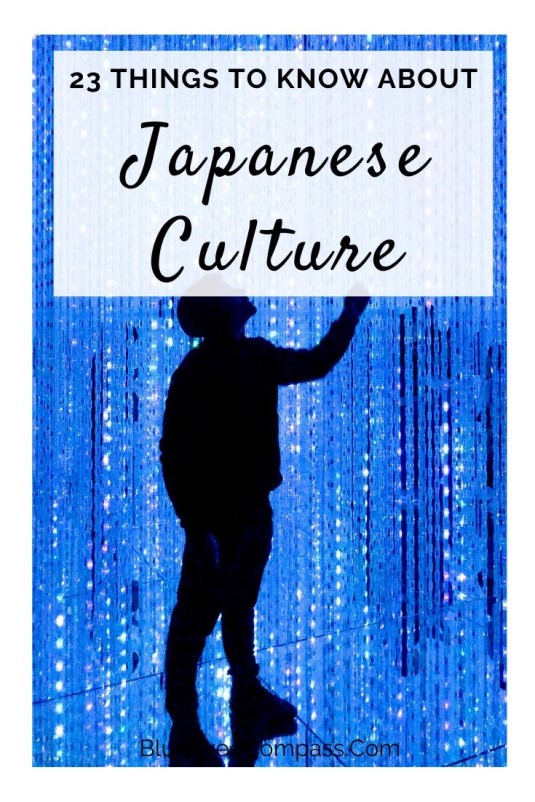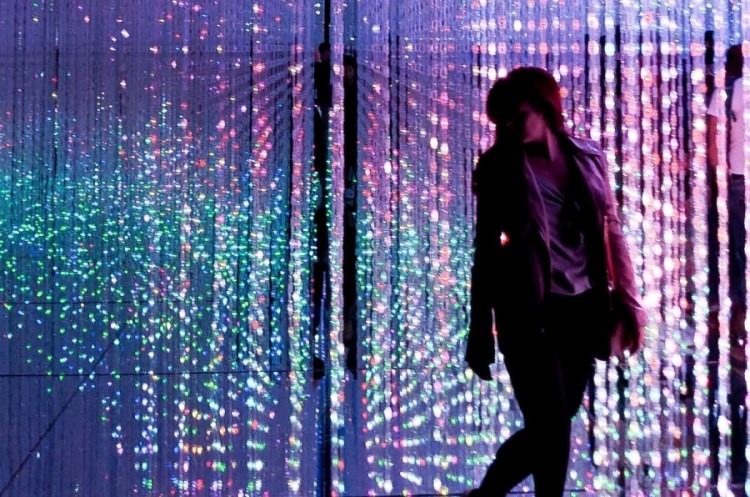
Tokyo, Japan in 4 Days

Tokyo, Japan in 4 Days
A four day itinerary for what to do in Tokyo, Japan
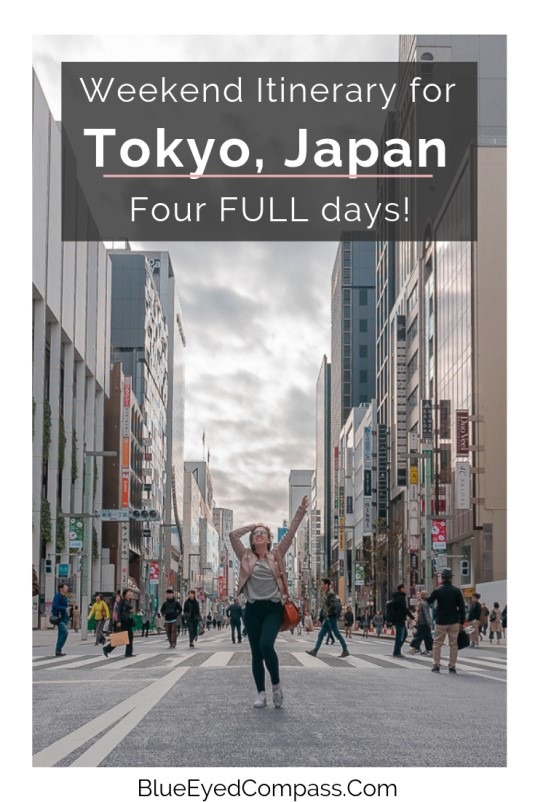
Last Updated April 8th, 2020
Four days in Tokyo is a great amount of time to spend in the city, if you’ve never been to Tokyo before. This Tokyo itinerary is the best way to spend a weekend here and get the most out of your time in this wonderfully clean, fast paced & unique city.
Below are four days of what to see and do in Tokyo based on location within the city, including tons of tips and how to be best prepared.
Things you should know before going to Tokyo:
- The city is massive, so prepare in advance by allocating time spent getting from one place to the next
- Each day in this itinerary is stuffed with awesome places to see & things to do, which means these are long days.
- Be sure to understand Tokyo’s public transportation systems before you arrive. Here is an awesome detailed guide about Tokyo’s public transportation.
- If this is your first trip & you need general information about Tokyo, then check out this first timers guide to Tokyo
- You do not have to follow the order of this itinerary, however each day is based on a certain area of the city to make the most of your time there
While there is definitely an endless amount of things to see & do in Tokyo, here are the
Best places to see in Tokyo in four days for your first visit:
Day ONE: Saturday, Central Tokyo
Fly into Tokyo the day before, Friday
Explore the Tsukiji Fish Market
The Tsukiji Fish Market was once the largest wholesale fish & seafood market in the world. Today it is split into two locations.
- The wholesale fish market is in Toyosu (the wholesale fish market was the original inner market)
- The outer market is still in Tsukiji, and is mostly restaurants and vendors. Here is where you can experience the traditional looking market that many travelers cherish. You will find plenty of sushi, mochi, matcha green tea and more at the Tsukiji outer market. Most of the restaurants and vendors are open until around 3pm, so visiting here first thing in the morning would be ideal.
*Please note- the Toyosu fish market is located where a previous gas company took residence. It took many years for the transition due to concerns about contamination. It’s said there is no contamination, but for my preference I wouldn’t choose to go or eat from there. Just something to consider…
Become a real life Mario Kart player!
Let your childhood gaming dreams come true by booking a go-karting experience through Tokyo. Dress up in cartoon onesies and a local guide will direct you through the beautiful city. You’ll have a hilarious and fun few hours revving your engines while seeing a new perspective of Tokyo.
After thorough research we chose this company to go-kart with. They had small groups of about six people plus one guide. You will need to bring an IDP — International Driver’s Permit — and your passport with you.
*Tokyo may be a massive city of 13+ million people, yet their roads felt very safe and easy to navigate (which was a fear of mine going into go-karting).
*Be sure to dress in layers. Considering the fact that go-karts have no walls, you are zooming through the streets which means lots of wind. Our hands were numb halfway through, and I was very grateful for my goofy onesie as it provided an extra layer of warmth.


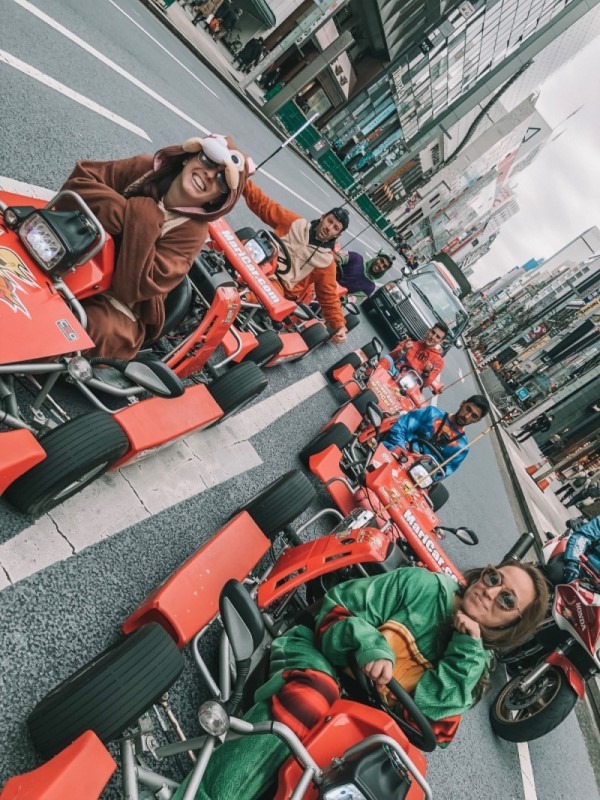

Walk around Ginza
Ginza is Tokyo’s famous shopping, entertainment & ritziest neighborhood. It felt like a cleaner, more extravagant version of Manhattan. I suggest walking around on a Saturday afternoon as the main street is closed off to vehicles (from 12-5pm) so pedestrians can meander through the streets. Hop in and out of gorgeous department stores, listen to live music on the street and find a great place for lunch to take in the extravagance of Ginza
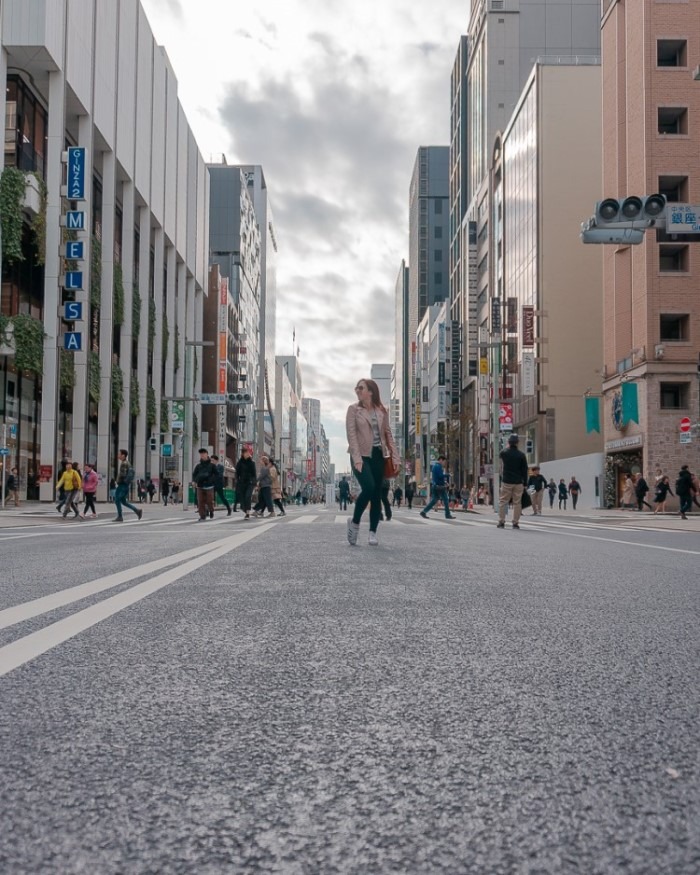

Explore the Imperial Palace
Tokyo’s Imperial Palace was rebuilt after its destruction during World War Two to its identical style. While the buildings are not open to the public, you can walk around the gardens. There are options to book a tour guide for these gardens. We did not participate in a tour, however they are free and limited to 300 people (!?) per group. For more information here is the ‘application’ page to book one of the tours.
Go out for drinks in Shinjuku
Shinjuku is considered the business district, yet it has an exciting night life and turns into an entertainment hub when the sun goes down. It’s also home to the famous Robot Restaurant. Take your time walking around, popping into different stores and bars to gain a sense of how nightlife in Tokyo is done by all ages.
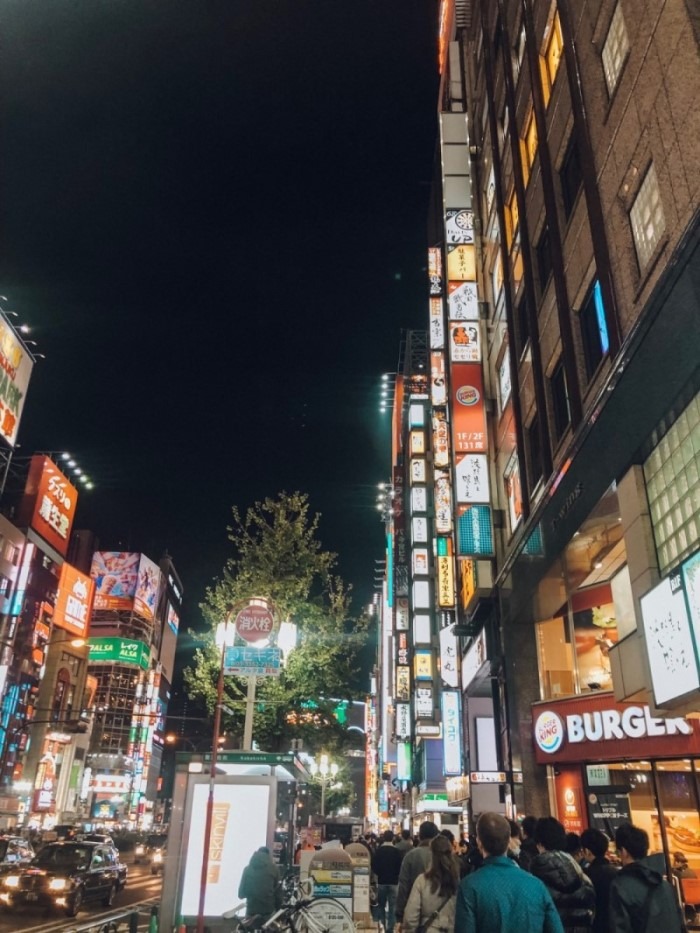

Shinjuku is where the popular Golden Gai area is located as well. Golden Gai is a small area with narrow bars and alleyways. The clientele are comparable to the locals you see at your bars, but are very loyal to their small bar in Golden Gai. To be honest, as tourists, we felt uncomfortable entering the narrow establishments. I would suggest only exploring here with a local.
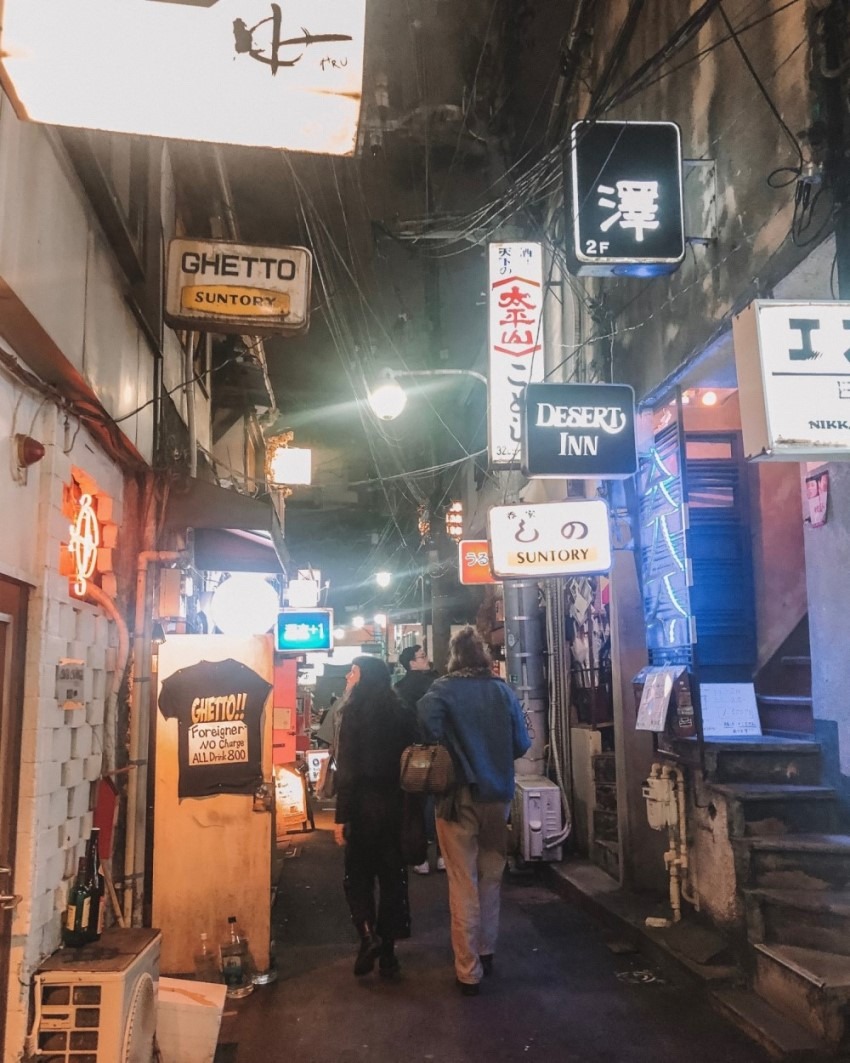

Day TWO: Sunday, West Side/Modern Tokyo
Wear comfortable shoes today, as you’ll be doing a lot of walking
Meander through Shinjuku Garden
Shinjuku Garden is a beautiful place to leisurely walk around and disappear from the hustle of Tokyo. It’s beautiful in both autumn (fall foliage) and spring (cherry blossom blooms). The Shinjuku Garden is a national park and has an entrance fee of 200 yen.


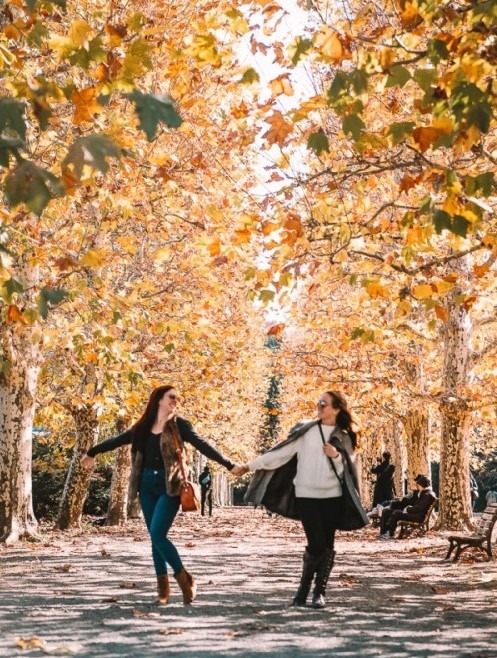

Step back in time at Yoyogi Park & the Meiji Shrine
An even more densely forested area in busy Tokyo, Yoyogi Park is one of the city’s largest parks. The Meiji Shrine sits inside of the beautiful Yoyogi park, and was originally built for the emperor who helped Japan transition to a world power in the early 1900’s. Similarly to the Imperial Palace, the Meiji Shrine was rebuilt after World War Two. When you visit here you may likely witness a traditional Shinto wedding like we did.
This Japan Guide provides great instructions on how to get here without having to walk crazy far (…which we may have done ourselves accidentally).
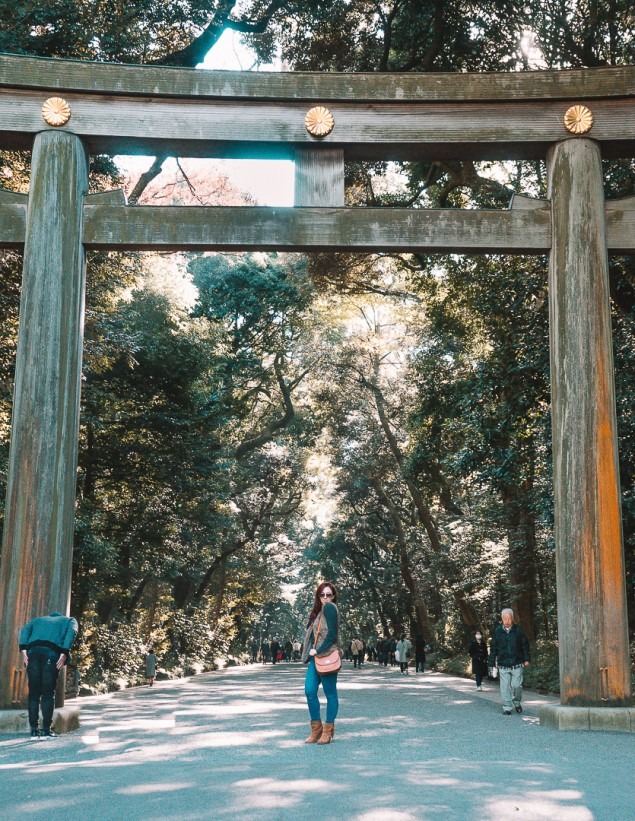

Channel your inner child spirit at Harajuku
Thanks to Gwen Stefani, we’ve come to know Harajuku girls are fun, eclectically dressed girls, and it originated in Harajuku, Tokyo. The main street is Takeshita Dori, or Takeshita Street. Everything is open on Sundays, and still very busy but very much so worth the experience of shuffling through the crowds. Spend your time here exploring the colorful shops and restaurants (many of which have lines lasting at least 30 minutes just to place an order)
Become lost in the crowd at Shibuya Crossing
Shibuya Crossing is the busiest crossing section in the world, but oddly enough is not overwhelmingly hectic as you might expect. Curious as to why that is? Read this to learn more about Japanese culture. Unlike most street crossings, Shibuya’s crosswalks will all turn green at once which is why it’s such a busy crossing.
*Many people will suggest going into the Starbucks at Shibuya to people watch the crossing. This could be a great option, but you’ll be waiting in an epically long line to cram your way to the glass window. INSTEAD go to the Magnet building roof. It’s free to go up on their rooftop viewing deck, and (in my opinion) has a better view as it’s higher up than the Starbucks window. Plus there was NO line. We casually walked into the elevator with only one other couple, and were greeted by at most 10 people up there.
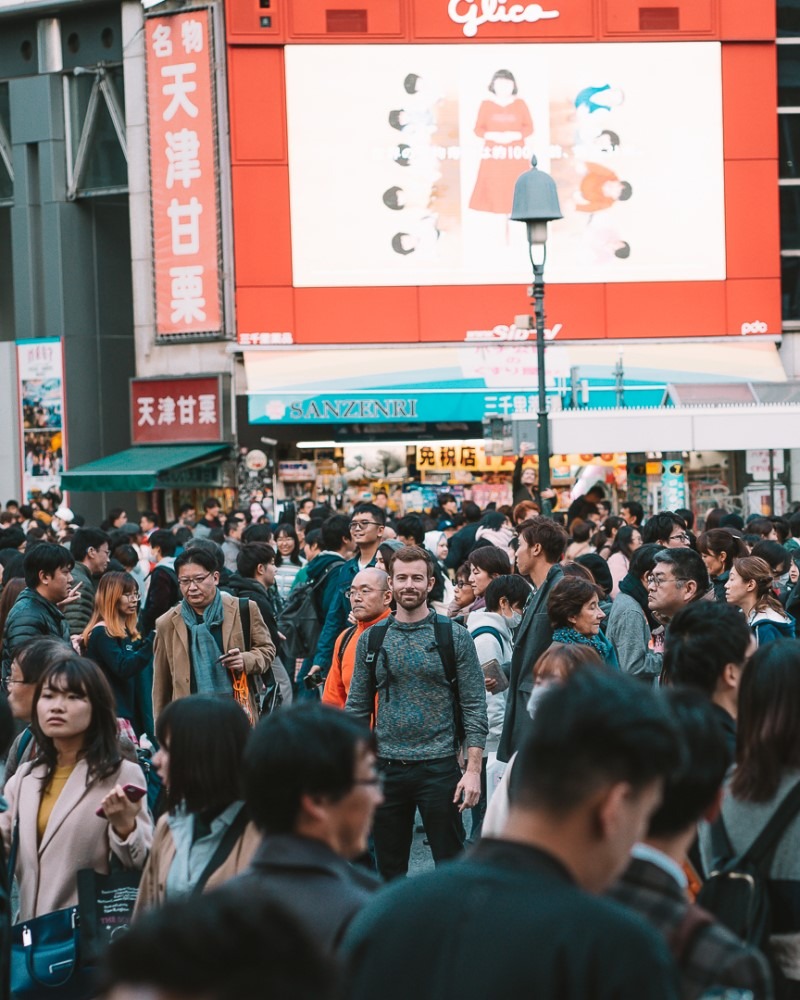



Day THREE: Monday
Get a birds eye view of Tokyo from the top of the Government Building
While you can go to the top of the Tokyo Sky Tree for a fee, you can visit the top of Tokyo’s Government Building for free! (My excitement for free things to do while traveling apparently makes me rhyme like Dr. Suess) You will get an equally high view of the city, just from the opposing side of the Sky Tree.
We arrived 15 minutes prior to it opening and there was already a long line, however it moves quickly. Be prepared for potential motion sickness, as the elevator ascends quickly.


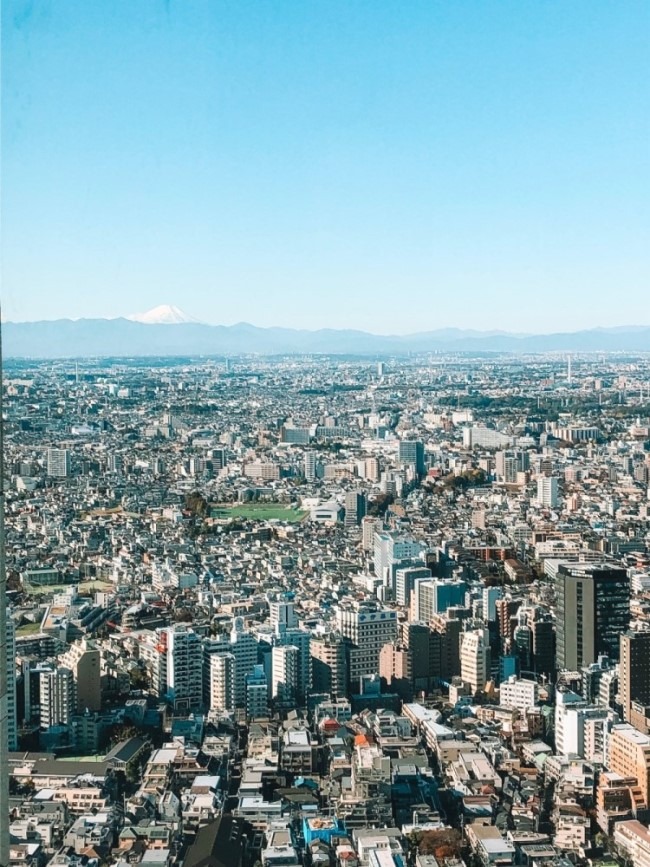

Test your senses on a Japanese food tour
Japanese food is known for sushi, but compared to America’s take on sushi it is vastly different than what you might expect. Having a guide to direct you to the best unknown gems and suggesting new items to try is a great way to test the waters and build your confidence when ordering food on your own.
We booked through City Unscripted. I love their concept of hiring local guides for personalized and private tours.
Personally, I try to maintain a vegetarian diet while traveling, however given certain circumstances I will eat seafood on my travels. I wouldn’t necessarily recommend a food tour in Tokyo for strict vegans or vegetarians as it was quite difficult for our local guide to find places that satisfied our eating preferences.
Have your mind mesmerized at TeamLab Borderless
By far one of our favorite places in Tokyo. TeamLab Borderless is a museum filled with unique rooms with lightshoes. Pictures can do it more justice than I could explaning it, so see below!
NOTE: there are TWO locations near each other in Tokyo–
The difference between TeamLab Borderless and TeamLab Planet:
It is easy to confuse the two. TeamLab Borderless is known for the images I have included in this post, and is further away than TeamLab Planet (by only a 5-7 minute train ride). It is also intended to be permanent.
TeamLab Planet is a temporary exhibit, and doesn’t require as much time to go through & enjoy. It also apparently has an exhibit where you walk through water.
You must purchase your tickets in advance, so book your tickets now! It’s difficult to say what time of day is best as you will want to spend hours inside enjoying everything. Mornings are busy but you will have the most time to explore. However, even with a busy crowd entering we were able to take the pictures we wanted with almost no one in the way.
Fun story: we were SO proud of ourselves as we arrived early and were towards the front of the entrance line, only to find out that we were at the wrong location, and sprinted to the train to get to the correct one we purchased tickets for. A typical travel fail, but oh well, it happens to the best of us.


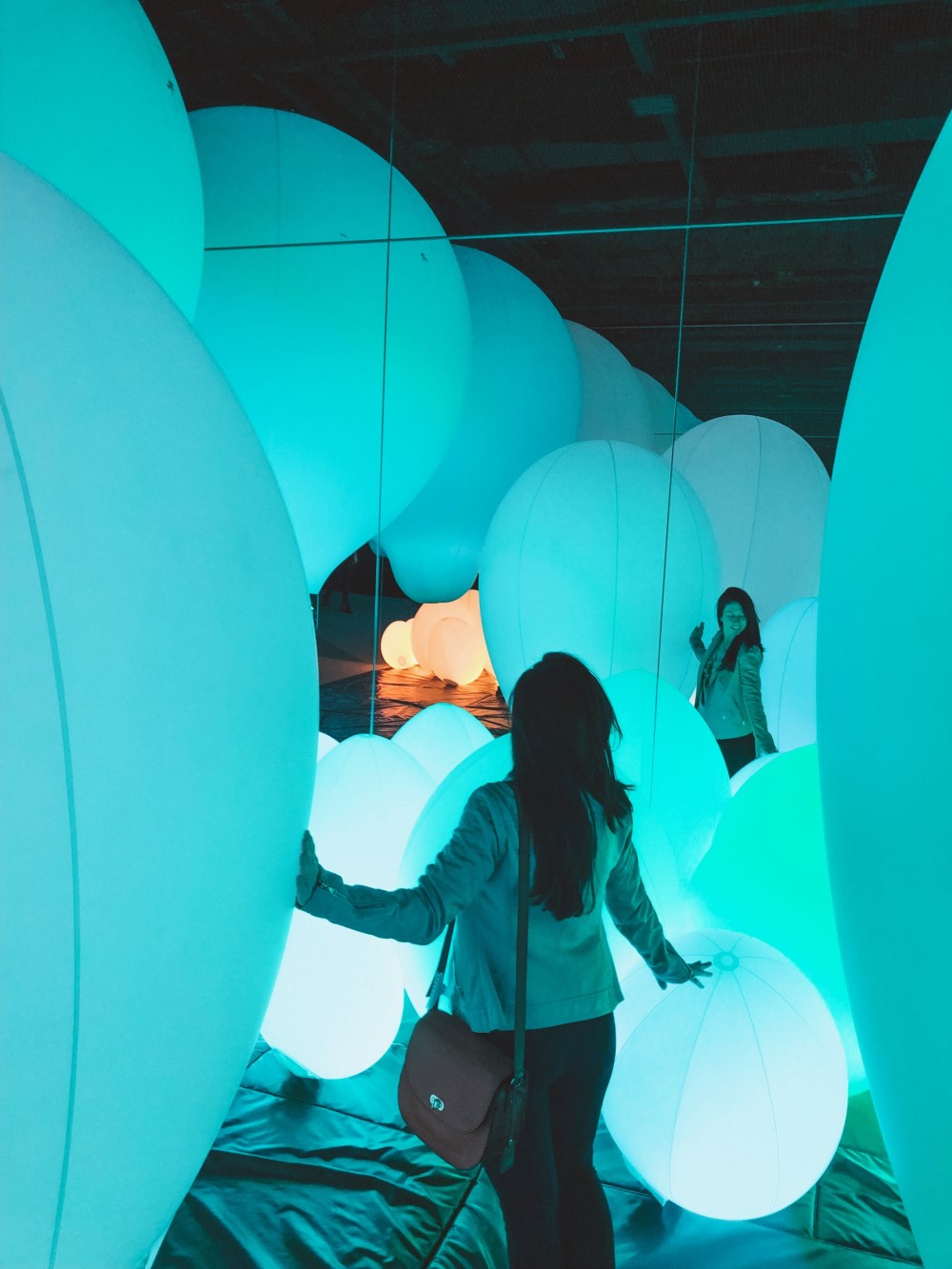



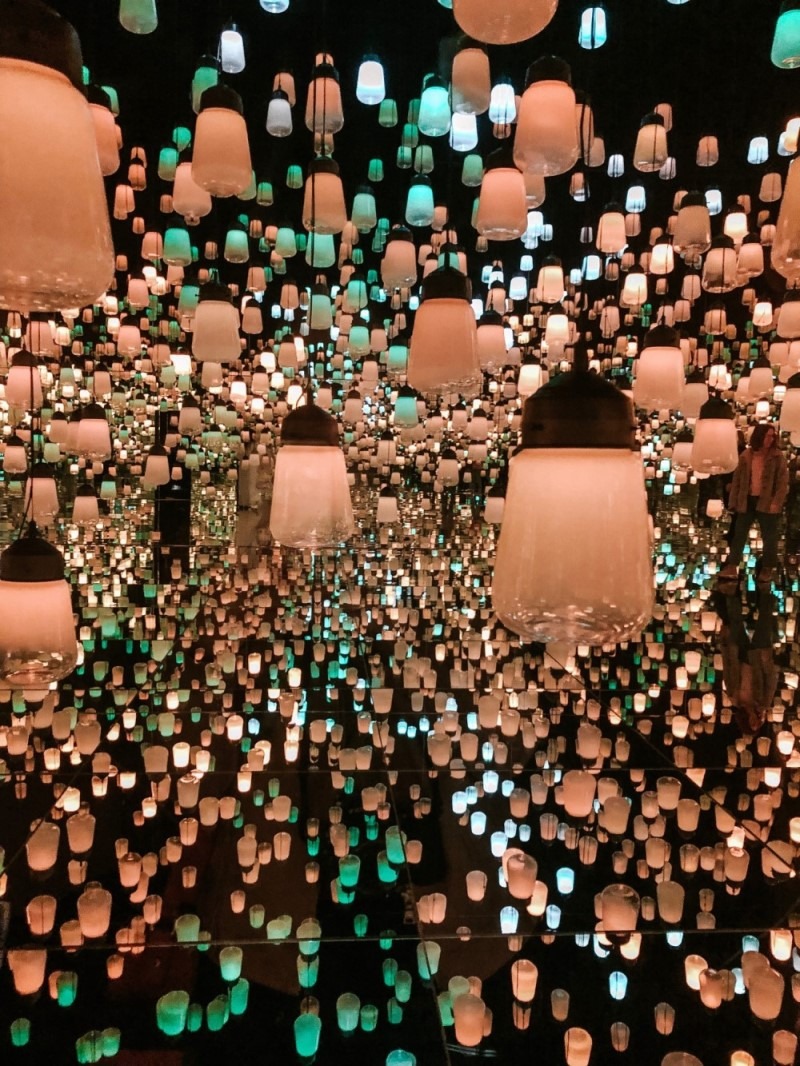

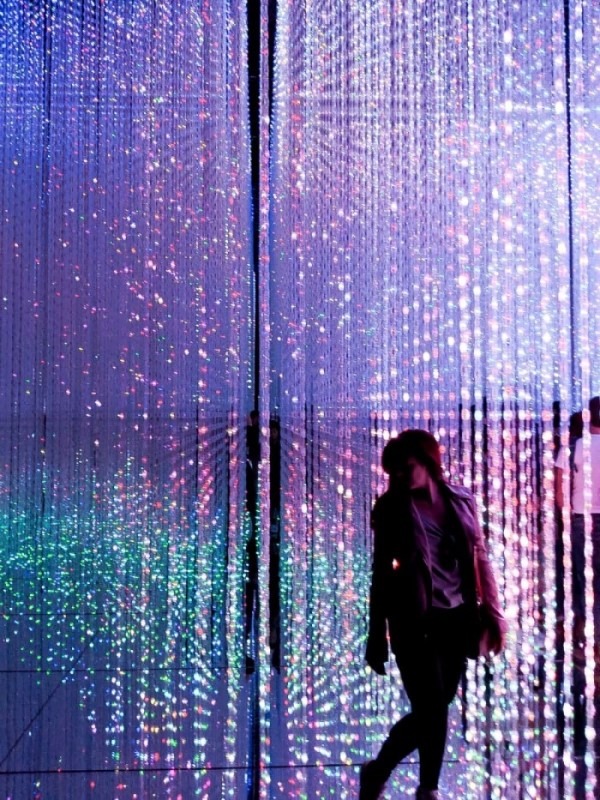

Maps to reference the two locations of TeamLab


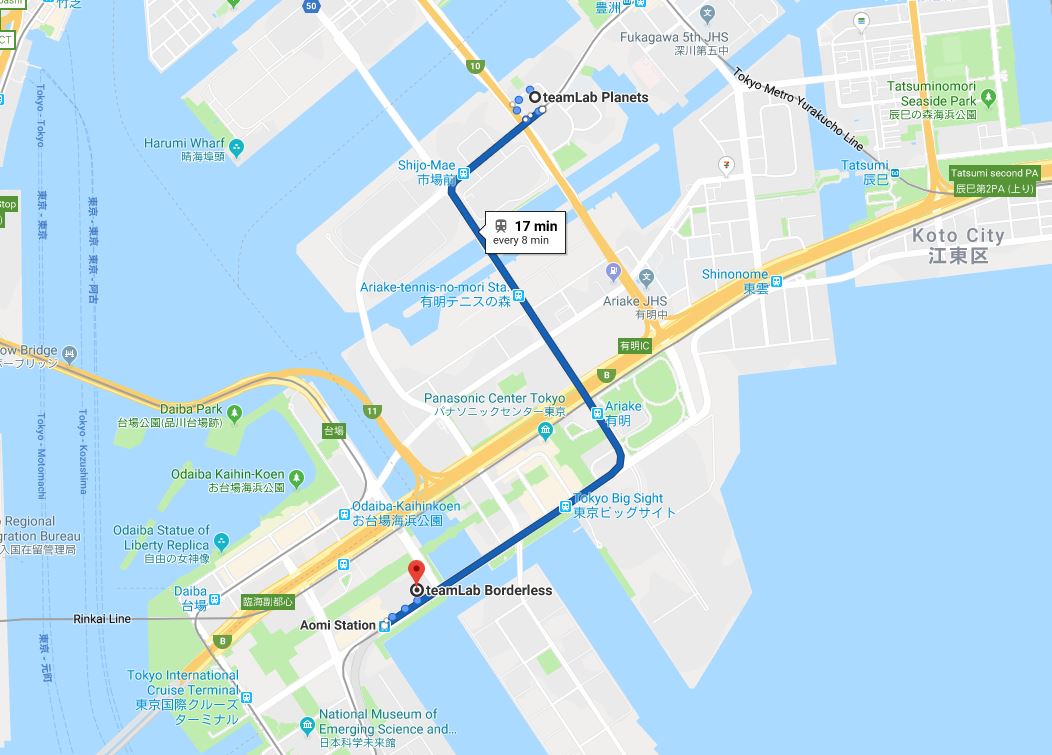

Catch a rainbow view
Enjoy sunset and watch the Rainbow bridge light up. The bridge is located in the same area as both TeamLab locations, which is why I would recommend visiting TeamLab in the afternoon, and staying for sunset. There is an easily accessible beach area where you can watch the bridge light up. The bridge lights up in different colors depending on the time of year, so you may not witness the rainbow colors, however sunset here is beautiful either way. Fun fact about the bridge is that the lights are solar powered- bonus points to Tokyo for sustainability!
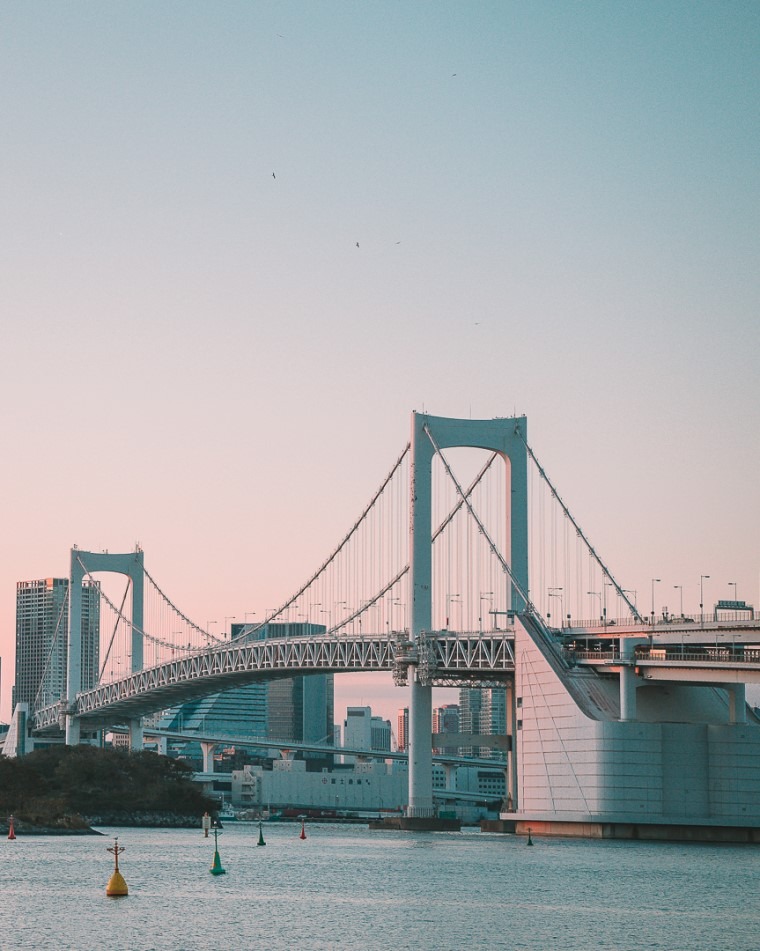

Day FOUR: Tuesday
Enjoy Ueno Park
Ueno Park contains quite a few museums and is quite beautiful during autumn and spring (similar to Shinjuku Garden). Choose a museum to explore and spend the morning calmly walking around the peaceful park
Dive into Japanese culture by exploring the Asakusa neighborhood
Asakusa showcases some of the most popular landmarks to see in Tokyo. While walking around here you’ll feel as if you are stepping back in time by walking through what feels like a living museum. The Nakamise Shopping Street here has many small shops that are great for purchasing souvenirs and gifts to bring home.
Marvel at the Sensoji Temple
The Sensoji Temple is part of the Asakusa neighborhood, but rightly deserves its own section here. It is incredibly breathtaking and in the heart of the Asakusa area.
*If you’re curious about what people do in and around the temple read about basic Japanese culture here
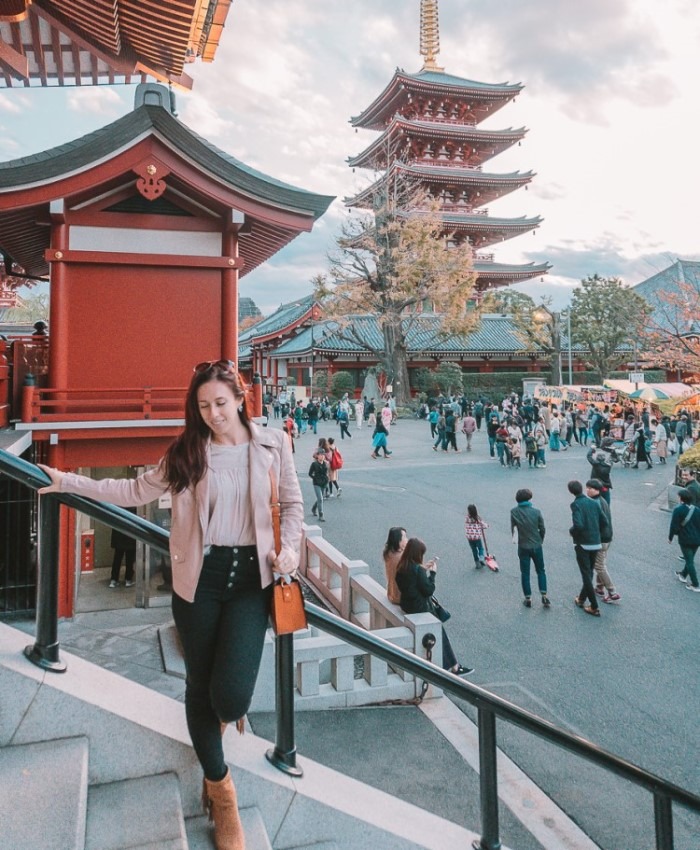



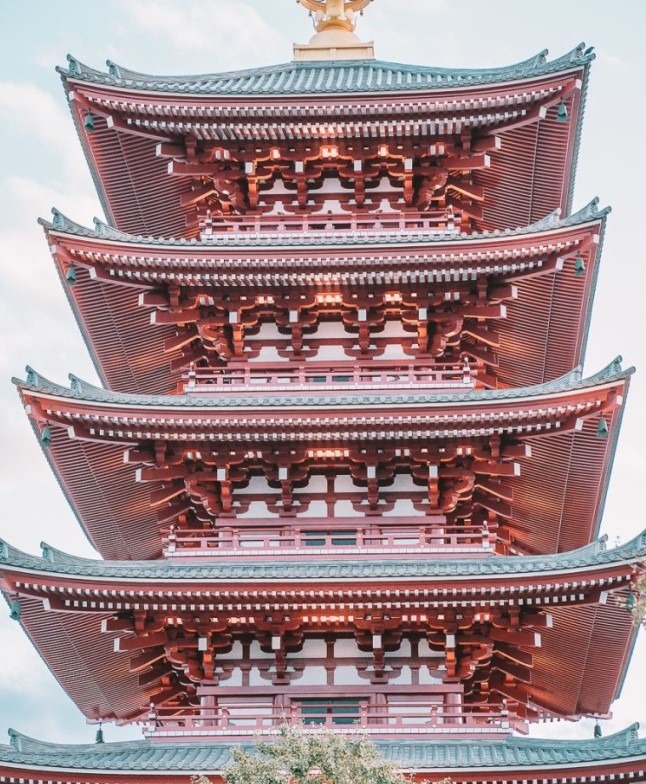

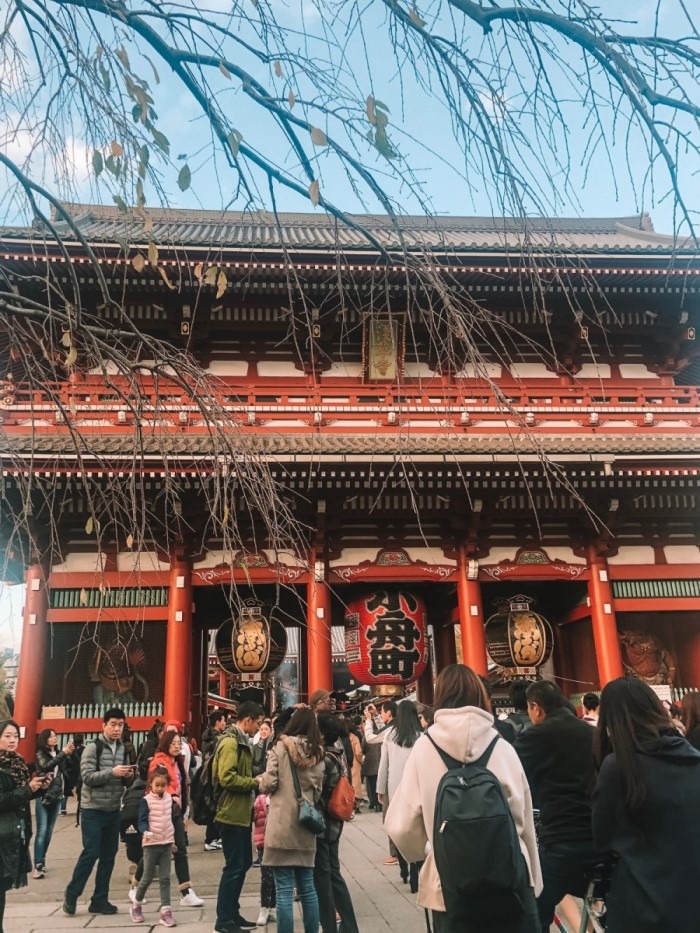

Tokyo, Japan is an incredibly unique city that is a great gateway for those who have never visited Asia before. This four day itinerary for Tokyo will have you excited to spend even more time in the city on your next visit. The city feels like a blend of culture, entertainment, history and modernity with some of the most respectful and kind people I’ve ever met.
Tips for Visiting Tokyo, Japan in four days:
- Aim to stay somewhere central, as getting around Tokyo can take quite a bit of time
- We stayed in the Shinjuku area, but other great neighborhoods would be Shibuya, Ginza or near the Tokyo Station
- If you can, try staying in a capsule hotel. Note: We couldn’t find one that had availability for both male & females. If you find a capsule hotel that accommodates both please share with me!
- Department stores are great for gift & souvenir shopping. Many are located underground, so look up their locations as opposed to hoping to find one while walking around
- Tokyo is a very large and busy city that can feel overwhelming, so be sure to slow down & enjoy it (which is why I suggested so many parks)
- 7/11’s will be your best friend. You can find relatively cheap food and use their ATMs easily.
Follow Along!
Recent Posts
Start your own blog today!
Pin me for Later!



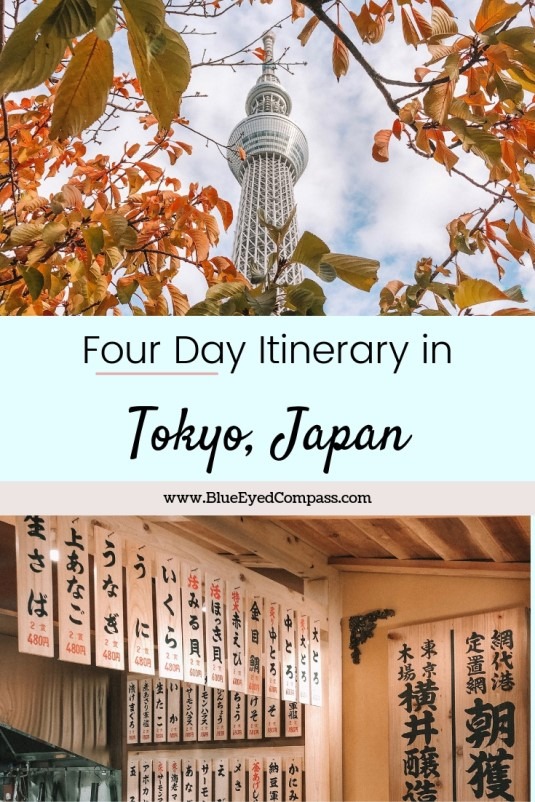

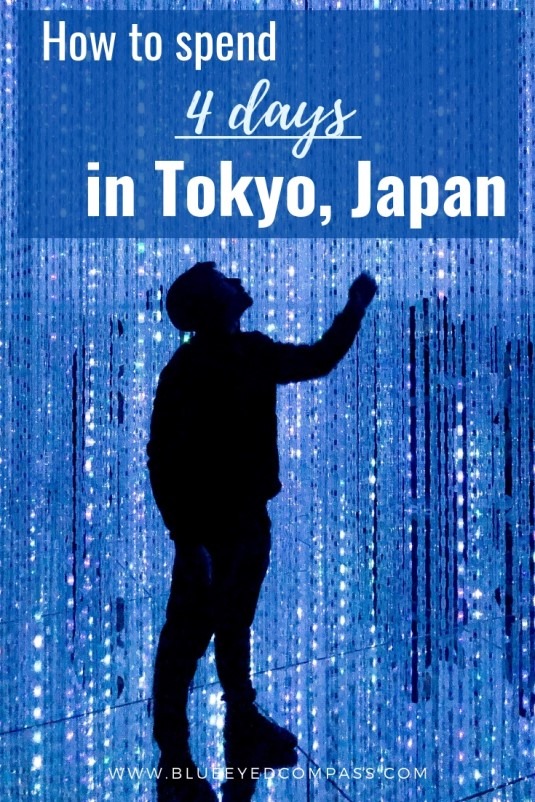

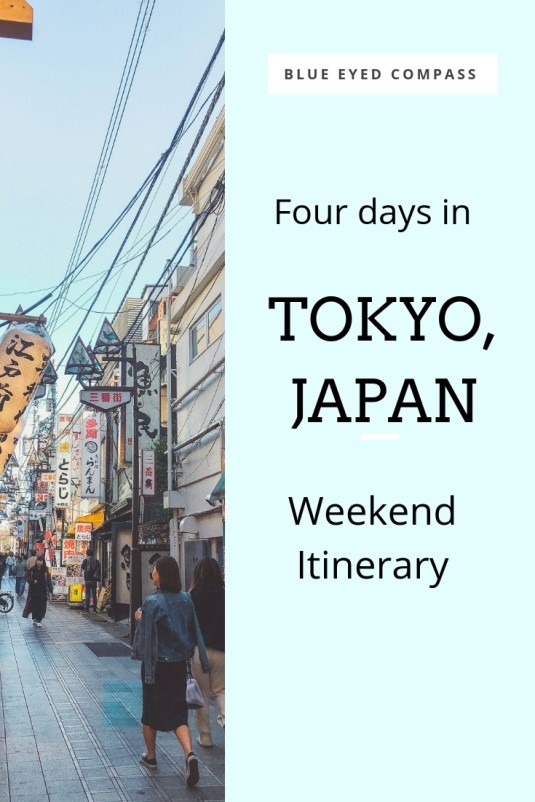

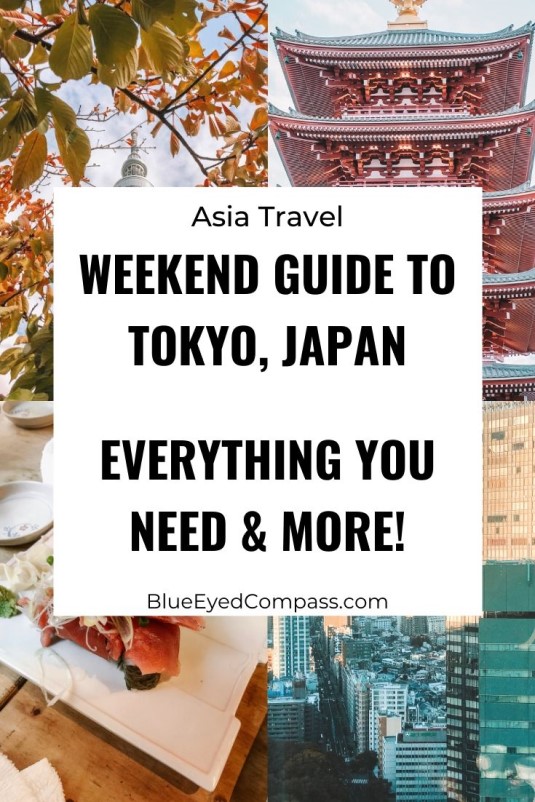

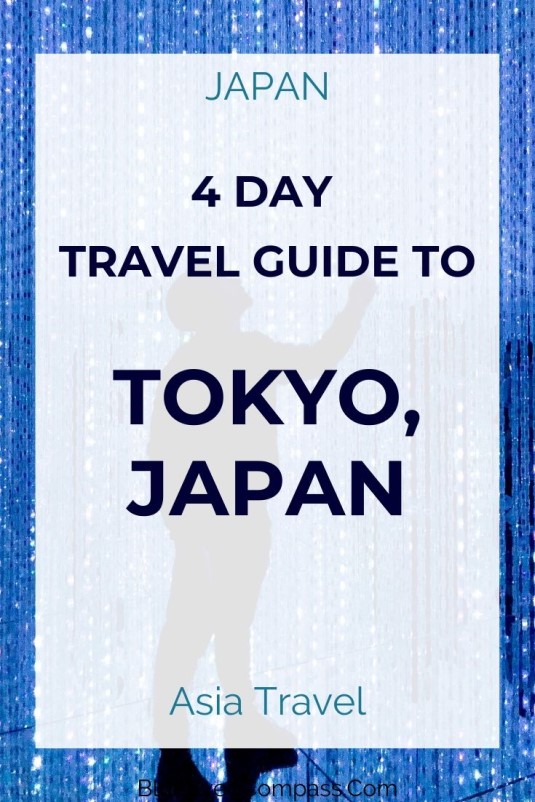

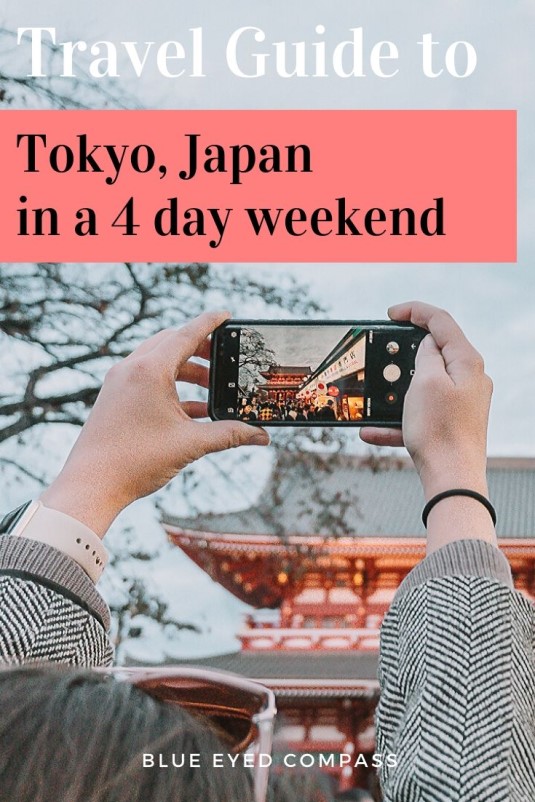

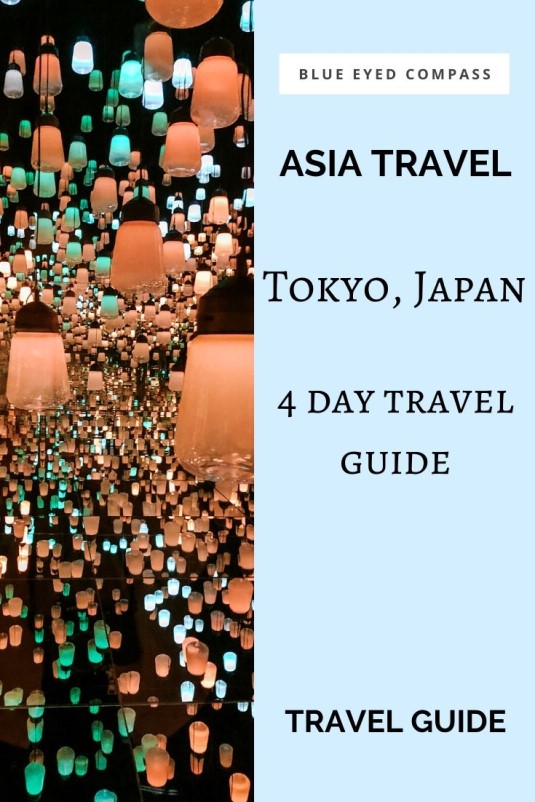

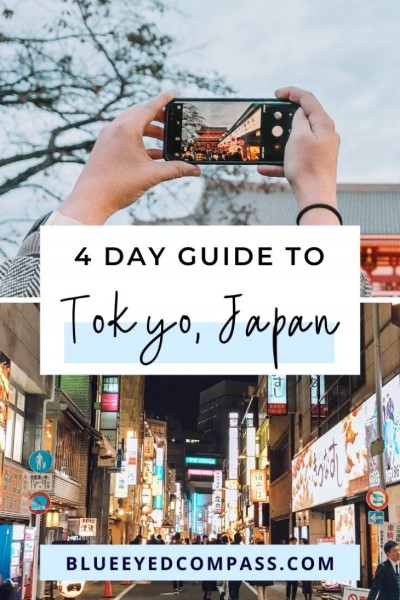







Join & get exclusive travel tips, destination guides and more!





